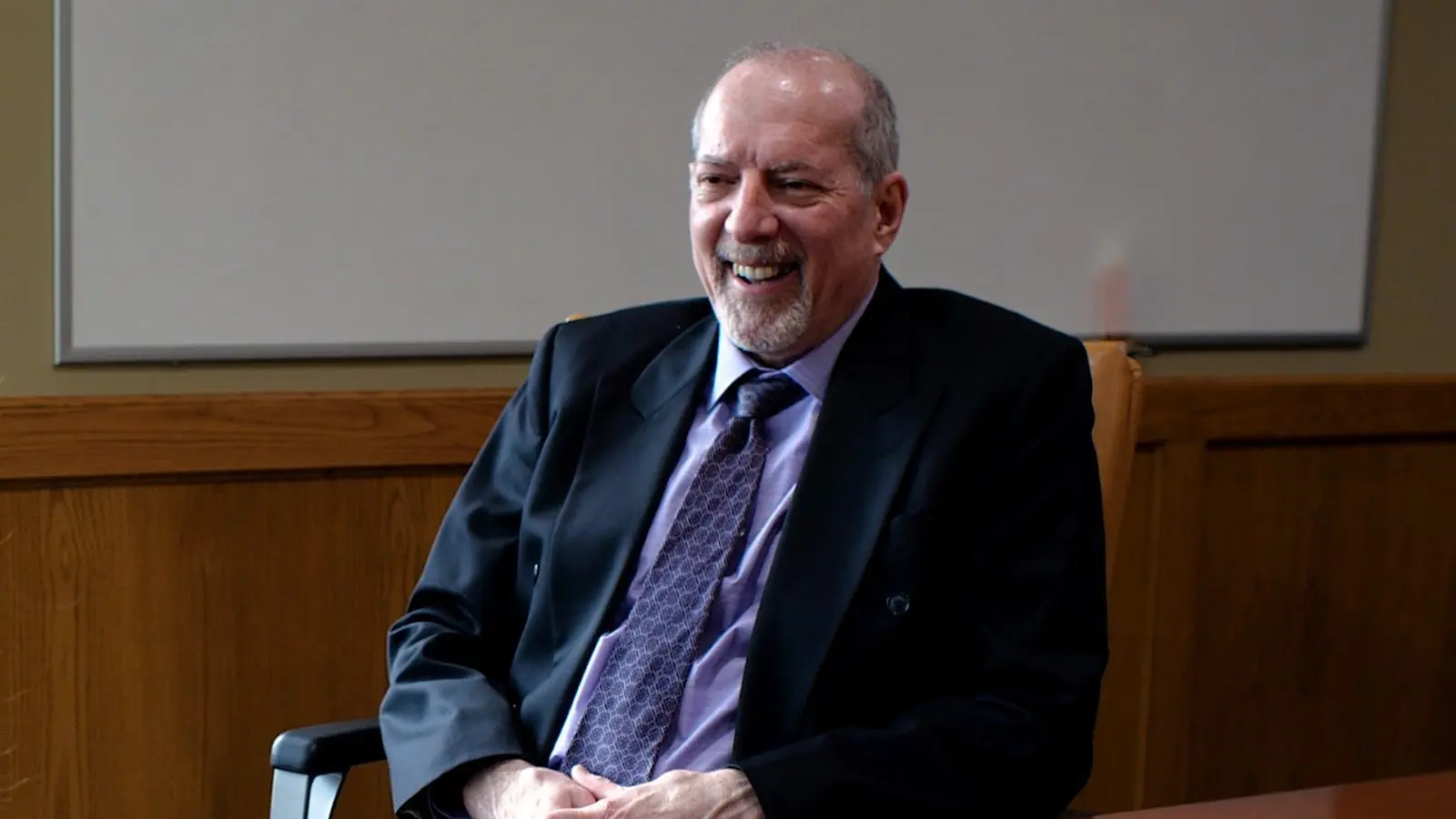A Hands-on Approach to Stop the TMJ Pop
Need a tune-up for all that jaw pain? (Join the club!) A Twin Cities chiropractor shares how adjustments can loosen tight muscles and target the joint to keep all that uncomfortable clicking in check—along with some take-home tips.
Amy Horton understands the pain and frustration of TMJ from the inside out. She was already a chiropractor when whiplash from a car accident triggered her TMJ pain.
In the more than 10 years since the accident, Horton has worked with an acupuncturist, a chiropractor, and a physical therapist to manage her TMJ symptoms. She says the journey to healing has had its ups and downs, but now she is in a good place.
“Most days, my jaw feels really pretty good,” says Horton, DC, DIBCN, FIACN and associate clinical professor at Northwest Health Sciences University in Bloomington. “Every once in a while, my jaw gets fatigued, but now it’s not debilitating, it’s just vulnerable.”
TMJ and TMJD is short for Temporomandibular Joint Disorder—a variety of conditions that affect the jaw joints and surrounding muscles and ligaments. It can cause pain or discomfort can lasts weeks or years.
“It can be a very sharp pain. It can be a dull ache. It could be a fatigue,” Horton says. “Sometimes the jaw will click or pop or sometimes even locks, where somebody’s mouth will lock open or closed.”
Facial Pain is Fair Game with TMJ
Horton says the causes of TMJ are as varied as its symptoms—trauma, direct or indirect force such as a car accident, or teeth grinding—but it also can be triggered by improper bite, arthritis, stress and wear and tear.
She also points to habits such as chewing gum, eating lots of chewy foods and poor posture; even sleeping on your side that can cause jaw pain. Opening wide to yell for the dog, the kids or, well, your spouse, can also injure the jaw.
“If you think of inflammation in that joint, it may stay very local, but more commonly it can spread,” she says. “You can have ear pain, neck pain, headache—any kind of facial pain is fair game with TMJ pain.”
The Backbone of it All
Horton says that at the first sign of jaw pain, the best thing to do is to acknowledge it and seek help before it becomes chronic or unbearable.
She has seen patients who thought their jaw pain would go away—for years. “If one year didn’t make it go away, two years isn’t going to help either,” she says. “It might take years for the click to turn to pain, but eventually it will.”
During an exam, she will examine the joint “delicately,” she says, and assess how well the jaw opens and closes, whether it deviates from side to side and if there’s clicking, muscle tension, or tightness. She will look at your posture, neck, and even the full spine, because TMJ can affect you from the floor up.
“With jaw pain, it’s more of a management approach,” she says. “We want to keep the pain down to a dull roar, where it’s not interfering too much and it’s mostly pretty livable.” She says occasionally after one treatment a patient says, “Whatever you did, I’m good to go.” But usually, it will take some time to get TMJ pain under control.
Pain Management: Take-Home Tips
Adjust your pillow. If you are a side-sleeper and tuck your hands under your pillow or face, Horton says it’s likely your pillow is a little too short. “You’re probably trying to get your neck in a more neutral position and doing it unconsciously by shimming up your neck with your hands.”
She recommends lifting the pillow, maybe an inch, with a small rolled up towel, just enough that you don’t tuck your hands up. “I do this myself,” she says. “I have a pillowcase stuffed with a great big huggable pillow, and that’s what I put my arms around to keep my hands up from underneath my head. A big old Teddy bear works, too. Give your arms something else to do.”
Relax your jaw. When your jaw is relaxed, your tongue should be on the roof of the mouth, just behind the teeth, Horton advises. The tongue shouldn’t touch the front teeth but just sit behind them, lightly touching the roof of the mouth. “It seems funny, because it’s kind of anti-gravity,” she says. “You think your muscles should go down, but the tongue should rest on the roof of the mouth with the teeth apart. So, lips closed, tongue up, and teeth apart.”
Hold your head up. Be aware of your posture. Slouching with your head tucked forward, or sitting with a rounded back and straight neck can put tension on the neck and jaw.
Soothe the pain. Hot or cold compresses can relieve the pain of a sore jaw—heat to relax the muscle and increase circulation and ice to reduce pain and inflammation. But Horton advises to use a compress for only 5-10 minutes and to place the compress directly over the joint.
Get a Jump On
Early in her career, one of Horton’s teachers shared an important lesson: “Little problems are way easier to fix,” she says. “When they’re small problems and new problems, they’re almost always easier to take care of, easier to sometimes cure,” she says. That’s especially true of TMJ. “At the very least if caught early, it is much easier to manage TMJ traumatic flareups.”
It’s a bit of wisdom she shares with her patients. “Maybe there’s a little ache, but it hasn’t started clicking or popping or locking yet,” she says. “Go catch it now, before we get to that point.”
Is Botox a Fix for TMJ?
“I have a number of patients who’ve done the Botox, like for migraines, and the concept would be basically the same as what cosmetic Botox does,” says Horton, noting that what people don’t realize is that Botox stands for botulism toxin.
“What that little toxin does is it makes the muscle so that it can’t tighten,” she says. “When they do it for the forehead, that’s why the wrinkles go away, because that muscle relaxes, and you just can’t really contract it like you could before.”
Botox would do much the same for the jaw or headaches. Because it is not a permanent fix, Horton says the handful of her patients who get Botox tend to get another set of injections every three months.



